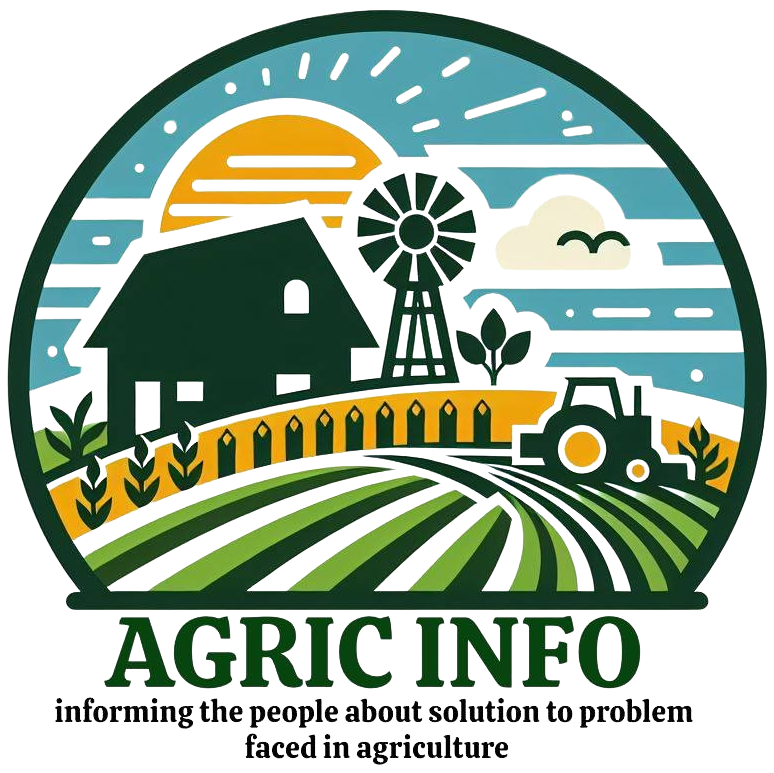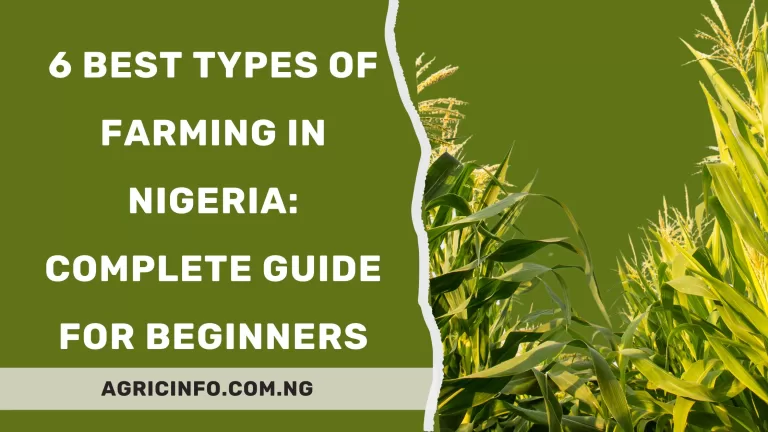How to Write a Business Plan for Poultry 2024: Step-by-Step Guide with Sample
Do you even have an idea of what it is to know how to write a business plan for Poultry farming?
Starting a poultry farm can be a lucrative venture, but it requires careful planning and execution.
A well-written business plan is needed to help you map out your strategy, secure funding, and achieve success in poultry farming.
However, not everyone knows, why they should write a business plan and how to or what it takes to write a compelling business plan.
In this post, we’ll look at the importance of a business plan for your poultry farm and provide a step-by-step guide on how to write a business plan for Poultry
Why You Should Write a Business Plan for Your Poultry Farm
A well-written business plan helps you
-
Clarifies business goals and objectives: A business plan helps you define your vision, mission, and objectives, ensuring everyone involved in the farm is on the same page.
-
Helps secure funding and investments: A good business plan is essential for securing loans, grants, or investments from potential backers.
-
Guide you in decision-making and strategy: A business plan serves as a roadmap, guiding your decision-making and strategy as you navigate the poultry industry.
-
Improves operational efficiency: when you outline processes and systems, a business plan helps optimize farm operations and reduce costs.
-
Identifies possible risks and opportunities: A business plan helps you predict and prepare for challenges and opportunities in the market.
How to Write a Business Plan for Poultry: Step-by-Step Process
The fate of your business depends on how well-crafted your business plan is.
Whether you will be considered for funding or not, your business plans determine that too.
In order not to make mistakes in that regard, we have taken time to compile this and show you the step-by-step procedure involved in how to write a business plan for Poultry.
Step 1. Executive Summary
Imagine you’re introducing your farm to someone for the first time.
You want to tell them what your farm is about, what you want to achieve, and what makes you unique.
This section should be short and sweet, like an elevator pitch.
-
Introduce your farm’s name and location
-
State your mission (what you want to achieve)
-
List your objectives (specific goals you want to reach)
Step 2. Market Analysis
This section is like doing research for a school project.
You want to understand your target market (the people you want to sell to), your competition (other farms like yours), and potential customers (people who might be interested in your products).
-
Research your target market: Who are they? What do they want? How much are they willing to pay?
-
Analyze your competition: What are they doing well? What can you learn from them?
-
Identify potential customers: Who might be interested in your products? How can you reach them?
Step 3. Production Plan
Here is like explaining how your farm works.
You want to describe the infrastructure (buildings, equipment, etc.), operational processes (how you produce your products), and other important details.
-
Describe your farm’s infrastructure (land, buildings, equipment)
-
Outline your breeding program (how you raise your animals)
-
Explain your feeding strategies (what you feed your animals)
-
Describe your health management practices (how you keep your animals healthy)
Step 4. Marketing and Sales Strategy
This is where you need to create a plan for how you’ll sell your products.
You need to detail your pricing (how much you’ll charge), promotion (how you’ll advertise), and sales tactics (how you’ll convince people to buy).
-
Detail your pricing strategy (how you’ll set prices)
-
Outline your promotion strategy (how you’ll advertise)
-
Describe your sales tactics (how you’ll convince people to buy)
-
Outline your marketing channels (where you’ll sell your products)
Step 5. Financial Projections
This section is like creating a budget for your farm.
You should estimate how much money you’ll make and spend over the next few years.
-
Estimate income statements (how much money you’ll make)
-
Estimate balance sheets (your farm’s financial situation)
-
Estimate cash flow statements (how much cash you’ll have)
6. Management and Organization
Once you get to this stage, you need to describe your farm’s leadership and team.
You need to outline who’s in charge, what their roles are, and how they’ll be held accountable.
-
Describe your farm’s leadership structure (who’s in charge)
-
Outline roles and responsibilities (what each team member will do)
-
Describe key performance indicators (KPIs) for each team member (how you’ll measure success)
7. Funding Request
Lastly, here is where you ask for a loan or investment.
You should specify how much money you need and how you’ll use it.
-
Specify the funding required (how much money you need)
-
Explain how you’ll use the funding (what you’ll spend it on)
-
Provide a clear breakdown of startup costs, operational expenses, and projected revenue (a detailed financial plan)
Sample Business Plan for Poultry
Having taught you the steps involved in how to write a business plan for Poultry
Here is a sample business plan for a poultry farm you can imitate.
Executive Summary
Our poultry farm, “FreshStart Farm”, aims to produce high-quality eggs and chicken meat for the local market.
We will start with 5,000 layers and 10,000 broilers, and expand to 20,000 layers and 40,000 broilers within three years.
Our mission is to provide fresh, healthy, and affordable poultry products while maintaining a sustainable and environmentally friendly farm.
Company Description
FreshStart Farm is a limited liability company (LLC) owned and operated by James and Ahmad.
Our farm is located in rural XYZ state, with 100 acres of land and a 20,000 sq. ft. farm building.
Market Analysis
The demand for poultry products in our area is increasing, with a growth rate of 10% per year.
Our target market includes local grocery stores, restaurants, and individual consumers.
Our main competitors are large commercial farms, but we will differentiate ourselves through our focus on sustainability and animal welfare.
Production Plan
We will raise layers for egg production and broilers for meat production.
Our farm will use a cage-free system, with natural light and ventilation.
We will source our feed from local suppliers and implement a robust health management program.
Marketing and Sales Strategy
We will sell our products directly to consumers through a farm store and online platform, as well as to local grocery stores and restaurants.
We will offer competitive pricing, with discounts for bulk purchases.
Financial Projections
Our initial investment will be N5,000,000, with projected annual revenues of N7,000,000 and net profits of N3,000,000. We expect to break even within the first two years of operation.
Management and Organization
James will serve as farm manager, with Ahmad handling marketing and sales.
We will hire additional staff as needed to support farm operations and sales.
Funding Request
We are seeking a loan of N4,000,000 to support startup costs, including farm infrastructure and equipment.
Conclusion on how to write a business plan for Poultry
Writing a business plan for your poultry farm is important for success.
However, not everyone knows how to write a business plan for poultry which has been taught in this guide.
If you follow these steps provided in this artilce on how to write a business plan for Poultry, you’ll be well on your way to building a profitable poultry business.
You can also refer to the sample we shared with you when writing yours.
We hope you find this guide on how to write a business plan for poultry helpful.


